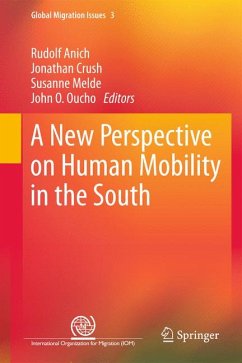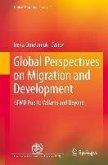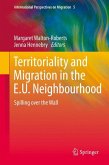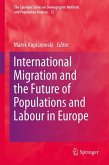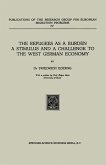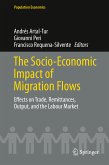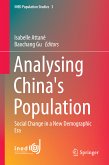This publication thoroughly investigates key issues of the migration debate, spanning from the terminological and contextual meaning of migration and development. It also critically examines some of the key features that human mobility in the global South is characterized by, including the prevalence of intra-regional and labor mobility, the role of diasporas communities in developing countries, South-South remittances patterns, the influence of environmental factors on the decision to migrate and the rising number of child migrants.
By carefully moving the lens from the frequently examined South-North and North-North movements to human mobility within the Southern regions of the world, this book questions the traditional conception of the migration paradigm. It offers knowledge and insights that will help to expand the debate as well as stimulate further research on this important topic and, hopefully, promote future activities aimed at the protection of migrants and their families living in the South. As a result, it is an ideal resource for migration scholars, policy-makers and development practitioners.
Dieser Download kann aus rechtlichen Gründen nur mit Rechnungsadresse in A, B, BG, CY, CZ, D, DK, EW, E, FIN, F, GR, HR, H, IRL, I, LT, L, LR, M, NL, PL, P, R, S, SLO, SK ausgeliefert werden.

